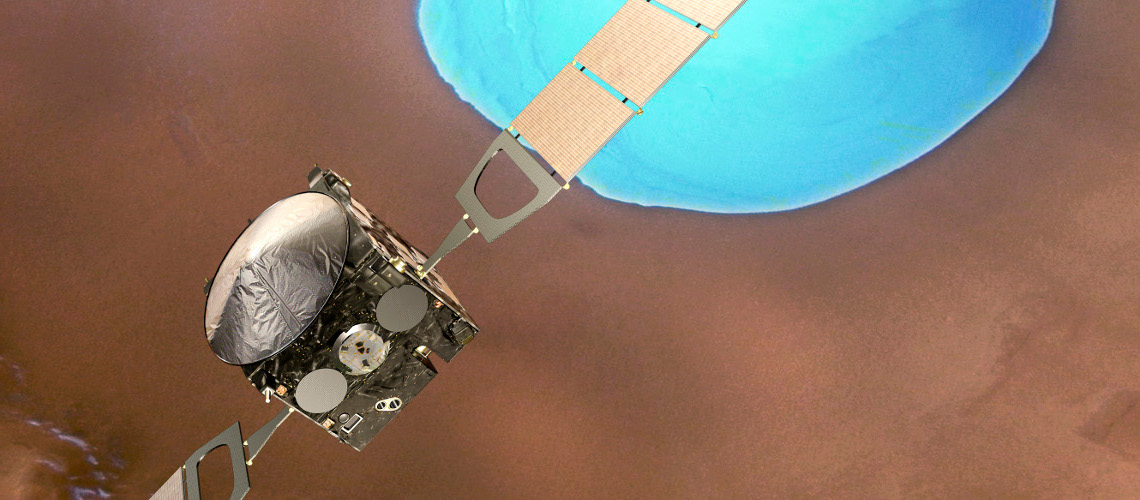Timeline
April 1, 2016, midnight UTC
Aug. 1, 2016, midnight UTC
Challenge
The Mars Express spacecraft orbiting around Mars is operated by the European Space Agency (ESA). A dedicated mission control team, working from the ESA Operations Centre (ESOC), prepares the mission plans and sends telecommands to the spacecraft such as:

- orbit and attitude control
- science payload ON/OFF commands
- radio reception and transmission plans
- other sets of commands, etc.
The spacecraft has an internal thermal subsystem. It works autonomously to keep each part of the spacecraft within pre-defined working temperatures. This thermal subsystem is composed of nodes (including heaters and coolers) that consume electric power as needed. Predicting the behavior of this thermal subsystem by modelling the electric power consumption in each of these nodes is very important to mission operators. This prediction gives direct insight on the heaters' power consumption and is used to provide safer flights with better plans for optimized science operations.
The goal of this challenge is to analyse the three given Martian years of Mars Express data, including context data (explanatory/predictor variables) and measurements of the electric current (target variables) in each thermal subsystem node, to predict the average electric current of 33 thermal power lines per hour of the fourth Martian year (2014-04-14 to 2016-03-01). For this fourth Martian year only the context data is provided.
